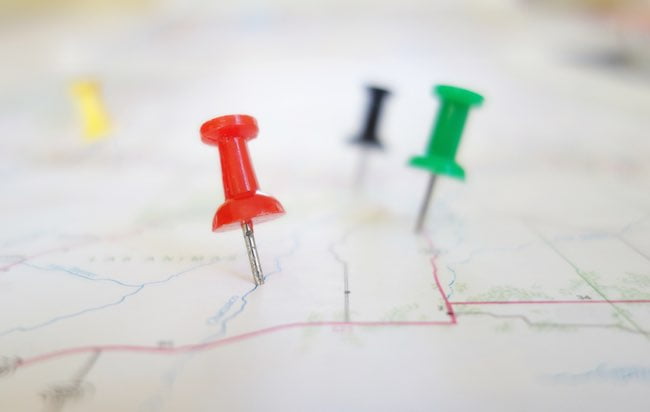5 Ways an Enclosure’s Location Affects Temperature Control

Modern electrical equipment dissipate a lot of heat that needs to be removed to ensure that they operate within their maximum allowable temperature. While the equipment heat dissipation is the main heat source, heat from the environment can prove to be a significant secondary source. The location of an enclosure has a drastic impact on the heat load within it and, consequently, its temperature control. Secondary heat sources in an enclosure can be one of the following:
- Heat transfer due to ambient temperature
- Solar heat gain
- Heat transfer from other equipment in the immediate vicinity of the enclosure.
These need to be factored in to size the enclosure cooling solution and avoid unwanted surprises. Here are some of the ways in which the location of an enclosure can affect temperature control.
1. Heat Transfer Due To High Ambient Temperature
The Second Law of Thermodynamics states that heat flows spontaneously from a hotter body to a colder body. An enclosure located in an area with ambient temperature that is capable of reaching values higher than the desired enclosure temperature is affected by conjugate heat transfer from the environment. This heat transfer depends on several factors such as the difference between the internal and external temperatures, enclosure material and color and the type of insulation used in the enclosure. For a medium sized enclosure with an external surface area of 42 square feet, a differential temperature of 20 °F can produce 4 W/ft2 or about 160 W (546 BTU/H). An undersized cooling system can be the result of not taking the effect of ambient temperature into account.
2. Heat Load From the Sun Adds Up For Outdoor Enclosures
Heat transfer due to solar radiation is a problem that plagues outdoor enclosures. The direct incident radiation from the sun varies between 1000 and 1350 W/m2 on average. The temperature rise in the enclosure due to solar heat gain depends on the location of the enclosure, type of insulation layer in the enclosure, color and texture of the outer body, ambient temperature and humidity, air quality and composition in the location, altitude and wind flow in the area. To put this in perspective, the incident radiation on a metallic outdoor enclosure with a desired temperature of 70 °F in a location where the ambient temperature can reach 90 °F is about 13 W/ft2. For a medium sized enclosure, this translates to about 550 W.
3. Heavy Duty Machinery in the Vicinity of the Enclosure Can Contribute to Temperature Increase
Enclosures may be located alongside motors, generators and other heavy duty machinery. In some cases, they may have to be placed near blast furnaces, industrial ovens and foundry equipment. These are high heat dissipating equipment whose effect on the enclosure temperature could be dramatic. To provide an idea of the magnitude of the thermal footprint of these large equipment, a 200 kW industrial motor has a working efficiency of about 92 to 95% and dissipates about 16 kW of heat. Without an efficient ventilation system, most of the heat from the surrounding equipment can serve to increase the enclosure temperature.
4. Lack of Ventilation in the Area Around Enclosure Air Conditioners
All enclosure air conditioner manufacturers specify a minimum distance between the wall and the location of the AC for effective ventilation. This may not always be possible. Lack of floor space may drive the enclosure to be placed in a location which restricts access to fresh air. While the enclosure air conditioner still performs its essential duties, it may have to work harder to cool the air to the desired temperature. Over a period of time, the performance and reliability of the system decreases, with an increase in the power consumption for the same cooling capacity.
5. High Level of Pollution in the Environment
Enclosure air conditioners are designed to handle a finite amount of dust, dirt, particulate matter and other pollutants in the environment. However, when the pollution level in the air is too high, it causes the filters to clog up faster. A clogged filter can cause inlet air pressure to increase making the compressor work harder to suck in the same amount of air. Long-term effects include increased power consumption of the unit, increased filter maintenance frequency and reduced cooling capacity due to reduced air inflow.
Environmental impacts need to be factored into the selection process of an air conditioner to ensure that the unit is capable of handling surprises thrown at it. There are several options and accessories such as extended filters and coated coils that some manufacturers provide to better equip the AC to handle extreme conditions.
If your enclosure is about to be located in an area with one of the above descriptions, contact our expert technical sales team at Thermal Edge to learn how you can factor environmental conditions to better specify your air conditioner.

